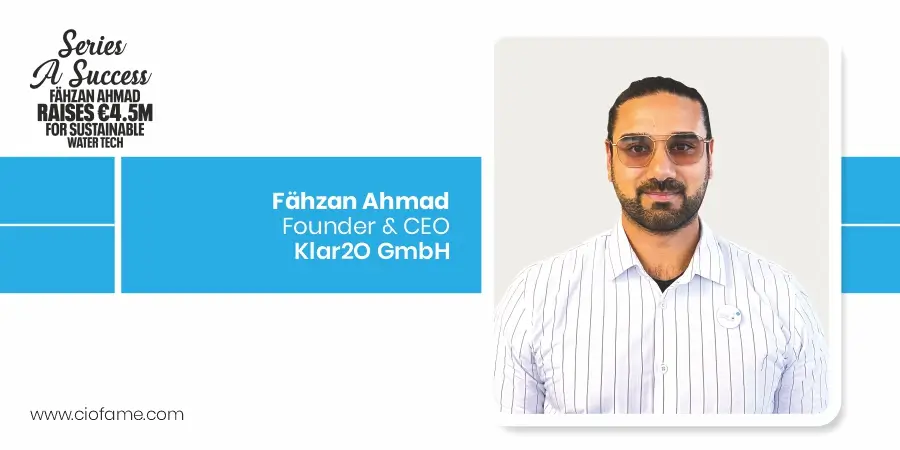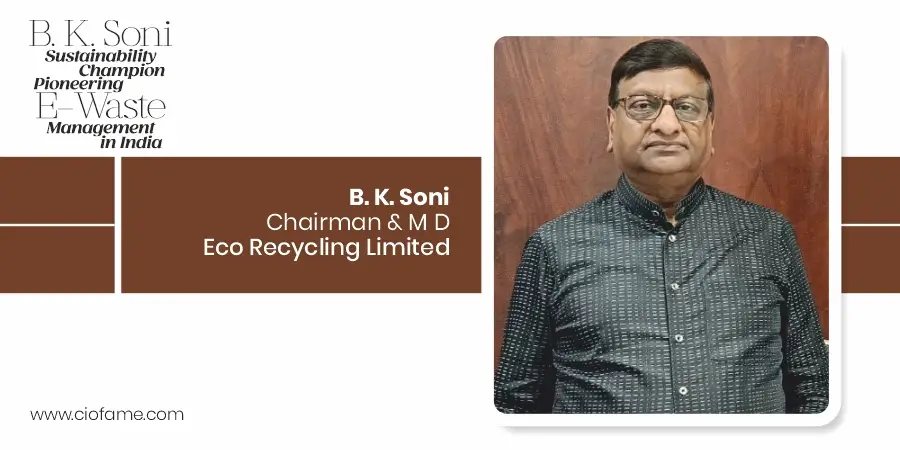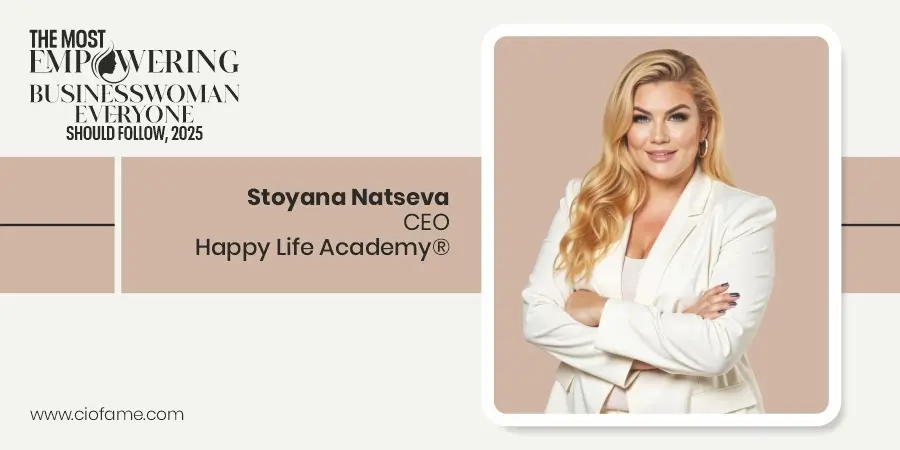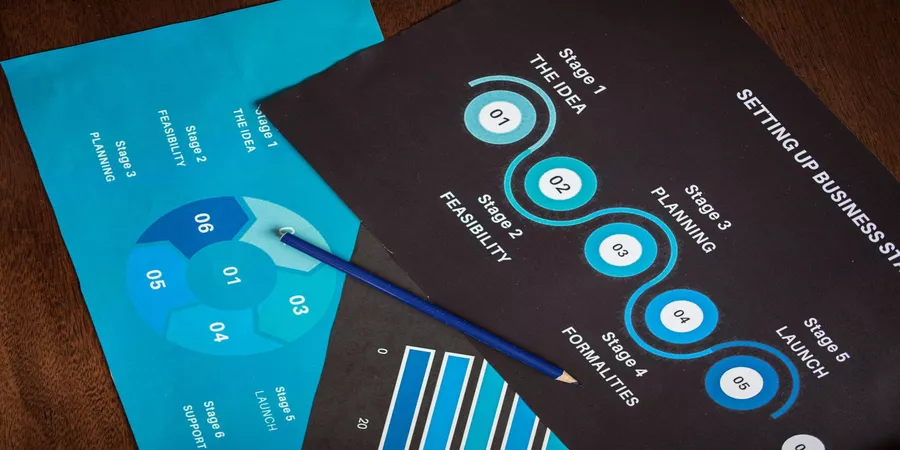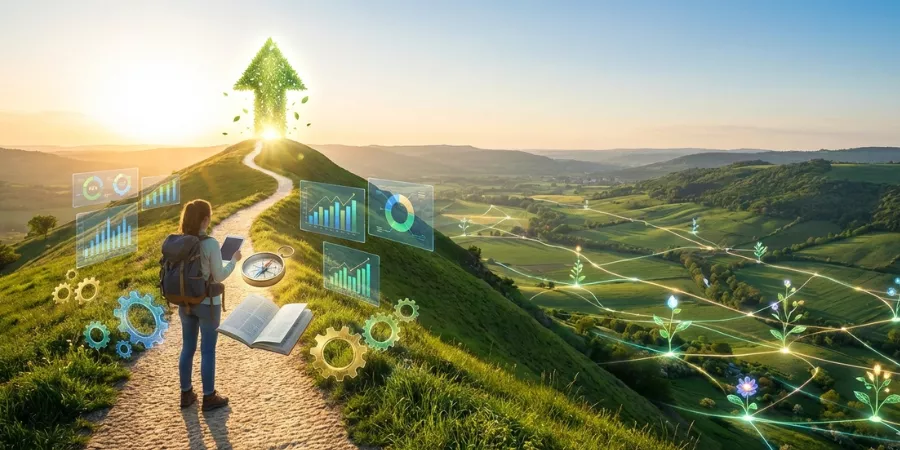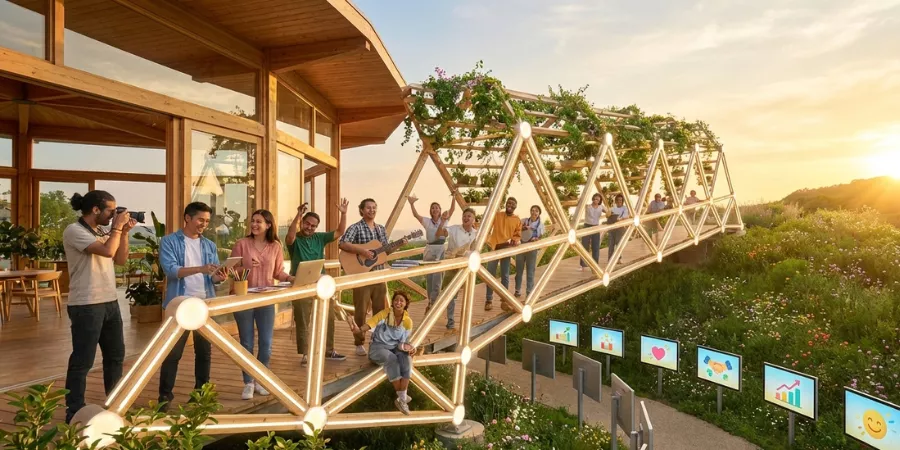The water in a clear glass looks perfect to the eye. It carries light, takes the shape of its container, and arrives at our lips as if simplicity itself. What the eye misses are the pieces too small to count.
In that unseen space sits the problem that has shaped Fähzan Ahmad’s work. He has built a company around a straightforward belief that sets a higher bar than legacy standards. Clean water should be natural water. If the modern world has added what does not belong, then the task is to remove it with precision rather than to argue that it is too small to matter.
From Problem to Purpose
Klar2O GmbH grows out of this belief. The company calls its mission “renaturing” water. The goal is not to win a race of marketing claims. The goal is to bring water back to a natural condition by targeting what legacy systems were never designed to catch. That means micro and nanoplastics.
That means industrial residues and consumer chemistry that have become part of daily life. It also means the long list of substances that sit in the headlines and in academic journals at the same time. It is a scientific problem before it is a commercial one, which is why Fähzan always returns to the fundamentals when he talks about the company’s origin and direction.
“Renaturing” as a Founding Idea
Fähzan came to the problem as a scientist who did not start inside the water industry. That distance turned out to be useful. Municipal systems evolved to remove what mattered in another era. They were built for larger particles and expected classes of contaminants. Fähzan looked at the water as it exists today.
The list includes micro and nanoplastics that bypass traditional barriers, and compounds that are small enough to move through a city unnoticed. His early insight was not about replacing what works. It was about adding what is missing for this century. The measure for clean could not be a checkbox from the past. It had to be a natural outcome in the present.
The Gauntlet: Early Failures, COVID, and Building a Lab
The early days did not reward optimism. The first technology the team tried only partly removed nanoplastics. That shortfall mattered. Either the process removed what should not be there, or it did not. The difference was the entire point of the company. Then the world closed.
Lockdowns forced the team into a small space with a set of experiments that had to succeed without the usual scaffolding around them. They built what they needed. An in-house lab took shape. The team pushed on test methods because there were no standards at the nanoscale that matched the questions they were asking. They learned to measure what they needed to remove, then they learned to remove it.
Progress is a sequence of measured steps, and at some point, the team crossed a line that turned a belief into a result. As Fähzan puts it, the system “removes up to 99% of micro and nanoplastics.” He uses that language with clear attribution and without flourish. The claim is bounded by the testing work that produced it, and by a lab culture that refuses to confuse a number with a story.
It was not a single leap. It was a series of experiments that were constrained by the real world. When money was tight the team kept going. When the first generation underperformed, they changed the materials and the geometry. When scale looked far away, they pushed toward the next milestone rather than explain why it could wait.
Leading for Speed, Learning, and Openness
Culture at Klar2O was formed around that habit. Fähzan talks more about how the team learns than about what the team already knows. The rule is simple. Use the old until it no longer serves the goal, then change fast. The work is fully digital, with AI and dashboards giving the group a shared view of progress and quality. The mindset is to scan the research frontier and the market at the same time. A lab is a place to create answers, not just to confirm ideas. The atmosphere is open, curious, and practical. People measure, discuss, try, and then measure again. Requests for status tend to become shared charts rather than long narratives. The speed comes from the clarity of what to do next.
Why a Biochemist Built a New Class of Filter
Fähzan’s training shapes the choices the team makes. His path through biochemistry, bioanalytics, and instrumentation created a habit of first principles before legacy comfort. He did not inherit a set of water industry assumptions. He came with the tools of measurement and a respect for what the data will force a person to accept.
That distance helped. It opened the door to a technology path that did not merely optimize an old method. It supported what he calls a new class of filter. The guiding idea was to build surfaces that prefer what nature would prefer, and to make those surfaces repeatable, controllable, and suited to modern constraints.
Building a Business Case
Investment is a test of belief under scrutiny. The Series A took time for a clear reason. Funding had to align with a product that solved real pain at a cost the market could carry. Fähzan frames it as a year of building the business case in public, not a sprint through a closed pitch room. Revenue signals made a difference.
Once actual orders and implementations appeared, the conversation with capital partners became easier to ground. The core thesis remained visible. Micro and nanoplastics do not go away by themselves. They persist, and they aggregate over time. Any city that cares about the health and trust of its citizens will be forced to address the gap between what the eye sees and what the instruments find.
The Scaling Plan
The round closed at €4.5 million with FMC Beteiligungs KG as a partner. The spending plan is concrete. The company is building a state-of-the-art lab that supports development, quality control, and customer assurance at the same time. Production is being automated to reach an output target near one ton per day. The team will grow to match the complexity of scaling a material science product into regulated environments.
Industrial segments are on the near horizon, with mineral water and beverages at the top of the list. The decisions match a platform view. The lab is not only for Klar2O’s internal work. It is a signal to partners and a place to demonstrate the claim set under conditions that matter.
Smart Surface Technology and Circularity
What Klar2O builds would look simple if not for the details. The core is a set of tiny 1 mm SiO₂ beads. Surface area is the key variable. The team coats those beads with three specific layers that create a preference for the contaminants that do not belong in drinking water. In the lab this is chemistry and modeling.
In the plant this is repeatable process. Computational work helped the team select coating chemistry, bead geometry, and flow conditions that maximize adsorption without creating a bottleneck. The material is designed to be efficient at the scale where legacy systems fall short. It is also designed to be practical. A filter that captures what it should capture is only useful if it can be maintained and reused without wasteful steps and unsafe byproducts.
Regeneration is where the design becomes circular. After the surface captures what it was built to bind, a proprietary liquid detaches the contaminants. The medium can then be reused. That step matters because it changes the economics and the environmental footprint at the same time. It keeps the material in service and keeps waste from piling up. It also creates a clean path for handling the removed substances under established disposal and treatment rules. The pattern looks like a simple loop. In practice it expresses a set of choices about chemistry, safety, and industrial design that are hard to realize at once. The work is to make that loop reliable and easy for operators to run without special skills.
PFAS Breakthrough and Market Entry
The PFAS story shows the same logic. The team designed an ionic Smart Surface that targets the broad class rather than a narrow subset. Fähzan states that it is designed to bind and remove every type of PFAS from drinking water. He uses that phrasing as a direct attribution. The scope is ambitious, but the claim rests on the underlying chemistry and the lab standards the team has built.
PFAS as a concept, travels from environmental reports into household conversations because the class is persistent and widely distributed. People need an answer that makes sense in a water plant. A product that can be regenerated and measured gives operators a way to assign responsibility, quantify results, and maintain trust with customers who will ask harder questions every year.
Milestones have followed the lab work into the market. The company has moved from proof into implementations with partners. It is the natural step after a careful first phase. The plan is not to chase scale for its own sake. The plan is to match production with quality control and to expand as the team confirms that the product behaves the same in each setting. That patience is part of the culture. The dashboards and the instrumentation create transparency, and transparency creates the confidence to refuse shortcuts. The company is not selling an idea. It is selling a material and a process that have to work in places where there is no room for improvisation.
The Future of Water Tech
If the market is moving, it is because a set of forces are converging. Single-use filters that fill landfills do not fit a world that is measuring environmental externalities more closely. Cities and producers will pay for outcomes that reduce risk and protect trust. Circular systems are not a slogan in that context. They are a requirement. A regenerable medium that can be measured and audited changes the conversation inside plants and boardrooms. It shifts budgets toward solutions that last and away from quick fixes that are difficult to justify when numbers are placed side by side.
Intent Beyond Profit
Fähzan often talks about intent beyond profit. He wants Klar2O to signal safety and quality in a way that is visible to non-experts. He also wants the lab and the company’s technical platform to be useful to other founders. That is not a distraction. It is a way to speed progress in a field that needs many answers for many contexts. Water is local, and each region brings its own profile of challenges. A platform posture helps a young company learn faster. It also builds relationships that can expand a technology’s reach without pushing it into places where it is not the right tool for the job.
Pace, Measurement, and Curiosity
Leadership shows up in how the company makes choices on simple days and on hard days. Fähzan describes a rhythm that values pace, measurement, and curiosity. The team looks outward and inward with equal attention. It pays attention to academic work and to customer feedback. It holds the line on claims and asks for evidence before it asks for applause. That set of habits is practical in a regulated field. It protects the brand in a way that slogans cannot. It also helps the team keep its balance when the pressure to scale arrives with the attention that follows a funding round.
The arc of the story returns to the glass of water. What the eye cannot see has always been the test. A person can be forgiven for trusting what looks clear. A city cannot. The work of the next decade will require cities and producers to close the gap between appearance and reality. Fähzan’s answer is to fill that gap with surfaces that do the work nature would have done and with systems that leave a small footprint while they do it. He is not trying to write a new chapter in branding. He is trying to repair a quiet break between what we expect from water and what modern life has added to it.
Fähzan’s path from first failure to lab platform to production has the shape of a disciplined search rather than a moment of luck. It reads as a series of decisions that respect the complexity of the problem and the patience of a team that keeps learning.

